
Sir John Frederick William Herschel, 1st Baronet was an English polymath active as a mathematician, astronomer, chemist, inventor and experimental photographer who invented the blueprint and did botanical work.

The Royal Astronomical Society (RAS) is a learned society and charity that encourages and promotes the study of astronomy, solar-system science, geophysics and closely related branches of science. Its headquarters are in Burlington House, on Piccadilly in London. The society has over 4,000 members, known as fellows, most of whom are professional researchers or postgraduate students. Around a quarter of Fellows live outside the UK.
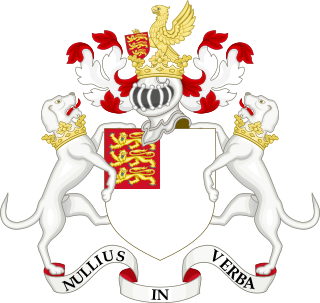
The Royal Society, formally The Royal Society of London for Improving Natural Knowledge, is a learned society and the United Kingdom's national academy of sciences. The society fulfils a number of roles: promoting science and its benefits, recognising excellence in science, supporting outstanding science, providing scientific advice for policy, education and public engagement and fostering international and global co-operation. Founded on 28 November 1660, it was granted a royal charter by King Charles II as The Royal Society and is the oldest continuously existing scientific academy in the world.
William Henry Finlay (FRAS) was a South African astronomer. He was First Assistant at the Cape Observatory from 1873 to 1898 under Edward James Stone. He discovered the periodic comet 15P/Finlay. Earlier, he was one of the first to spot the "Great Comet of 1882". The first telegraphic determinations of longitude along the western coast of Africa were made by Finlay and T. F. Pullen.
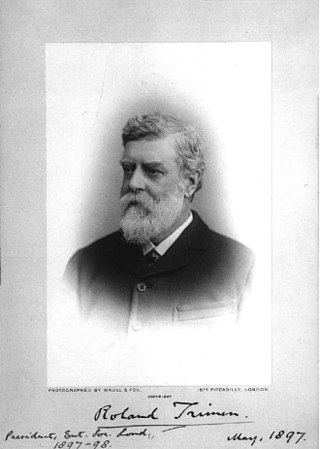
Roland Trimen FRS was a British-South African naturalist, best known for South African Butterflies (1887–89), a collaborative work with Colonel James Henry Bowker. He was among the first entomologists to investigate mimicry and polymorphism in butterflies and their restriction to females. He also collaborated with Charles Darwin to study the pollination of Disa orchids.
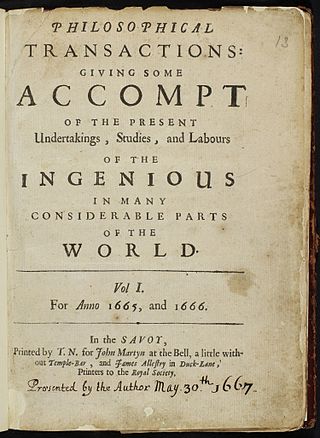
Philosophical Transactions of the Royal Society is a scientific journal published by the Royal Society. In its earliest days, it was a private venture of the Royal Society's secretary. It was established in 1665, making it the second journal in the world exclusively devoted to science, after the Journal des sçavans, and therefore also the world's longest-running scientific journal. It became an official society publication in 1752. The use of the word philosophical in the title refers to natural philosophy, which was the equivalent of what would now be generally called science.

The Cambridge Philosophical Society (CPS) is a scientific society at the University of Cambridge. It was founded in 1819. The name derives from the medieval use of the word philosophy to denote any research undertaken outside the fields of law, theology and medicine. The society was granted a royal charter by King William IV in 1832. The society is governed by an elected council of senior academics, which is chaired by the Society's President, according to a set of statutes.
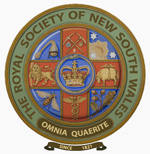
The Royal Society of New South Wales is a learned society based in Sydney, Australia. The Governor of New South Wales is the vice-regal patron of the Society. It is the oldest learned society in the Southern Hemisphere.
The Royal Society of South Australia (RSSA) is a learned society whose interest is in science, particularly, but not only, of South Australia. The major aim of the society is the promotion and diffusion of scientific knowledge, particularly in relation to natural sciences. The society was originally the Adelaide Philosophical Society, founded on 10 January 1853. The title "Royal" was granted by Queen Victoria in October 1880 and the society changed its name to its present name at this time. It was incorporated in 1883. It also operates under the banner Science South Australia.

Henry Georges Fourcade (1865-1948), also known as Henri Georges Fourcade and sometimes Georges Henri Fourcade, was a surveyor, forester, pioneer of photogrammetry and as botanist, a major early collector of the Southern Cape flora.
Christopher David Garner FRSC FRS is a British retired chemist, whose research work was in the growing field of Biological Inorganic Chemistry. His research primarily focussed on the role of transition metal elements in biological processes, for which he published over 400 original papers and reviews on the topic. His specific interests lie in the roles of Molybdenum and Tungsten as the metal centres in various enzyme cofactors based on the molybdopterin molecule.
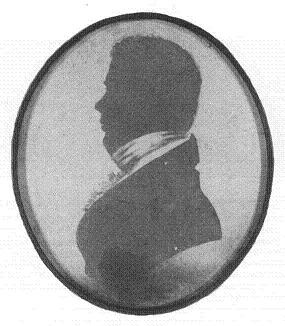
Fearon Fallows was an English astronomer.
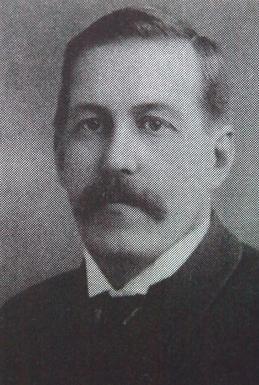
William Frederick Purcell was an English-born South African arachnologist and zoologist. He is regarded as being the founder of modern araneology in South Africa.
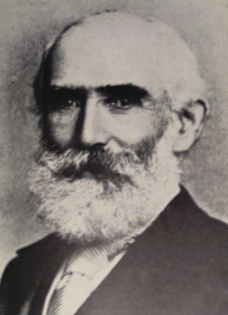
Sir Charles Abercrombie Smith was a Cape Colony scientist, politician and civil servant.

Mary Elizabeth Barber was a pioneering British-born amateur scientist of the nineteenth century. Without formal education, she made a name for herself in botany, ornithology and entomology. She was also an accomplished poet and painter, and illustrated her scientific contributions that were published by learned societies such as the Royal Entomological Society in London, the Royal Botanical Gardens in Kew, and the Linnean Society of London.
John Dow Fisher Gilchrist (1866–1926) was a Scottish ichthyologist, who established ichthyology as a scientific discipline in South Africa. He was instrumental in the development of marine biology in South Africa and of a scientifically based local fishing industry.
Herbert Basil Sutton Cooke was a South African-Canadian geologist and palaeontologist, and Emeritus Professor at Dalhousie University. Born in Johannesburg, South Africa, he was educated at King Edward VII School before earning a B.A. (1936) and M.A. (1940) at Cambridge University, and M.Sc. (1940) and D.Sc. (1947) at the University of the Witwatersrand.
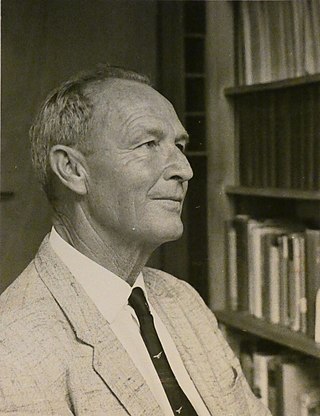
John Hemsworth Osborne-Day was a South African marine biologist and invertebrate zoologist who was born in Sussex and who died in Knysna. He is best known for his work on the taxonomy of Polychaeta and for his studies on the ecology of South African estuaries.
Naomi Adeline Helen Millard, née Bokenham was a South African biologist, one of the founders of the Zoological Society of South Africa and the Zoologica Africana Journal.
Brian Warner was a British South African optical astronomer who was Emeritus Distinguished Professor of natural philosophy at the University of Cape Town. Warner's research included cataclysmic variable stars, pulsars, degenerate stars and binary stars. He also researched and published on the history of astronomy in South Africa.














